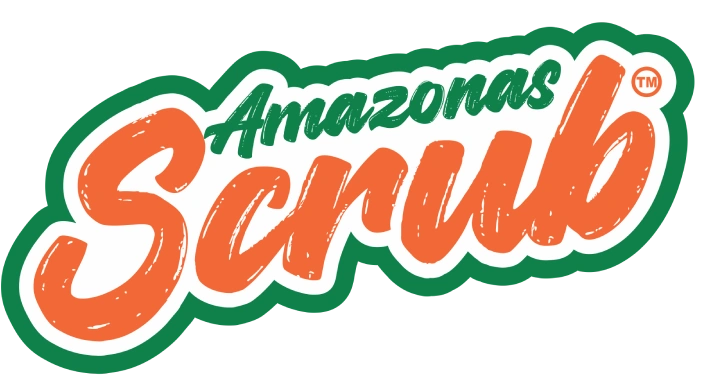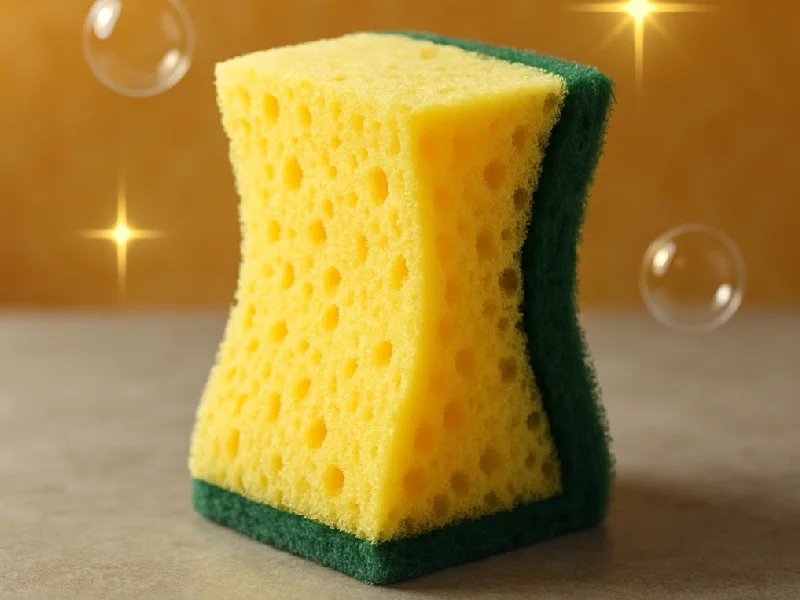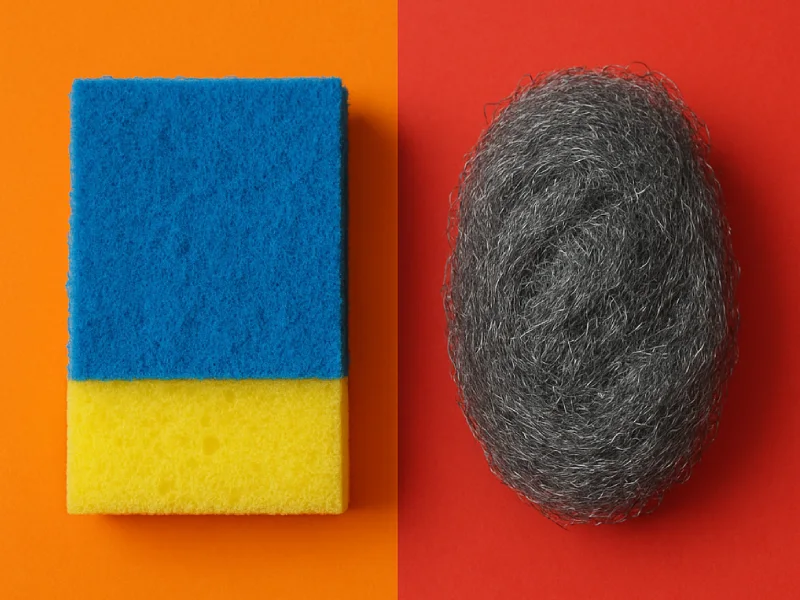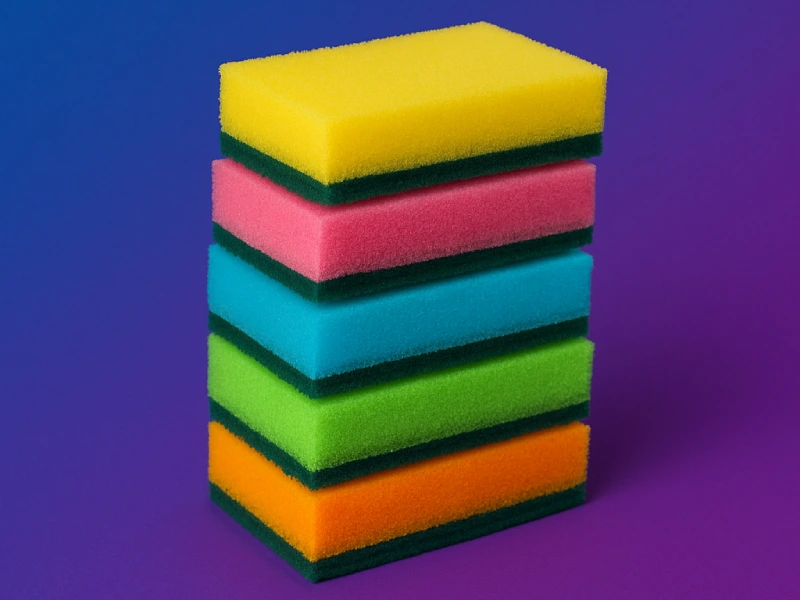Welcome to our comprehensive guide on kitchen cleaning and disinfection! Keeping your kitchen clean and sanitized is essential for maintaining a healthy and germ-free home environment.
In this article, we will provide you with expert tips and insights on how to effectively clean and disinfect your kitchen, ensuring that it remains a safe space for you and your family.
Whether you’re looking for kitchen cleaning tips, the best kitchen disinfectants, or advice on establishing a cleaning routine, we’ve got you covered.
By following our recommended practices and incorporating them into your regular cleaning routine, you can keep your kitchen surfaces free from harmful bacteria and viruses. With our guidance, you’ll learn how to clean and disinfect different areas of your kitchen, including countertops, cutting boards, appliances, and sinks.
To give you a visual representation of the importance of kitchen cleanliness, take a look at the image below:

Ready to dive deep into deep cleaning your kitchen? Our guide will walk you through the necessary steps to ensure a thorough and detailed cleaning of your kitchen, including often overlooked areas like the oven and refrigerator.
So, let’s get started on creating a clean and healthy kitchen environment. Follow our expert tips and unleash the full potential of your kitchen space!
Establishing a Kitchen Cleaning Routine
Keeping your kitchen clean and sanitized is essential for maintaining a healthy home environment. Establishing a regular kitchen cleaning routine is the first step towards effective kitchen cleaning and ensuring the importance of kitchen sanitation. By following a few simple steps, you can keep your kitchen sparkling clean and free from harmful germs.
Gather Your Cleaning Supplies
Before you begin cleaning, gather all the necessary cleaning supplies to make your kitchen cleaning routine efficient. This may include cleaning solutions, disinfectants, microfiber cloths, sponges, gloves, and a mop or vacuum for the floor.
Wipe Down Surfaces
Start by wiping down all the surfaces in your kitchen, including countertops, cabinets, and appliances. Use a mild cleaner or a mixture of water and vinegar to remove stains, grease, and dirt. Pay special attention to high-touch areas, such as handles, knobs, and switches.
Disinfect High-Touch Areas
Next, disinfect all the high-touch areas in your kitchen to eliminate germs and bacteria effectively. Use an EPA-approved disinfectant or a mixture of bleach and water to sanitize surfaces. Focus on areas like doorknobs, faucet handles, cutting boards, and refrigerator handles.
Clean Your Sink
Don’t forget to clean and sanitize your kitchen sink regularly. Scrub the sink with a mild cleaner or a mixture of baking soda and water to remove any lingering dirt and grime. Rinse thoroughly to ensure proper sanitation.
Maintain Cleanliness
To maintain kitchen cleanliness, make it a habit to clean up after every meal. Wipe down spills immediately, sweep the floor, and do a quick tidy-up. Regularly sanitize kitchen tools, such as knives and cutting boards, to prevent cross-contamination.
Deep Clean Regularly
While a regular cleaning routine is crucial, it’s important to deep clean your kitchen from time to time. Schedule deep cleaning tasks, such as cleaning the oven, refrigerator, and pantry shelves, to ensure a thorough and comprehensive clean.
By establishing a kitchen cleaning routine and following these effective kitchen cleaning tips, you can maintain a hygienic and sanitized kitchen environment. This not only promotes a healthy lifestyle but also ensures the well-being of you and your family.

| Key Steps for an Effective Kitchen Cleaning Routine |
|---|
| Gather necessary cleaning supplies |
| Wipe down surfaces |
| Disinfect high-touch areas |
| Clean your sink |
| Maintain cleanliness |
| Deep clean regularly |
Best Practices for Cleaning and Disinfecting Kitchen Surfaces
In a kitchen, proper cleaning and disinfection go hand in hand to maintain a hygienic environment. It is essential to sanitize various surfaces regularly to ensure the elimination of harmful germs and bacteria. From countertops and cutting boards to appliances and sinks, each area requires specific attention and techniques for effective cleaning and disinfection.
Countertops:
Countertops are one of the most frequently used surfaces in the kitchen. To sanitize them:
- Start by removing any loose debris or food particles.
- Wipe the countertop with a mild detergent or non-abrasive cleaner using a clean cloth or sponge.
- Rinse the surface thoroughly with clean water to remove any remaining residue.
- Apply a disinfectant spray or wipe containing at least 70% alcohol or an EPA-approved disinfectant.
- Allow the disinfectant to sit on the surface for the specified time, as indicated on the product label.
- Finally, wipe the countertop dry with a clean cloth.
Cutting Boards:
Cutting boards are prone to cross-contamination, making proper sanitization crucial:
- Wash the cutting board with hot, soapy water after each use.
- Rinse it thoroughly to remove any soap residue.
- Sanitize the cutting board using a mixture of 1 tablespoon of unscented bleach to 1 gallon of water or a food-grade hydrogen peroxide solution. Apply the solution and let it sit for a few minutes, then rinse again.
- Avoid using abrasive cleaners that can damage the cutting board’s surface.
- Make sure to replace cutting boards with deep grooves or excessive knife marks that are difficult to clean.
Appliances:
To keep your kitchen appliances free from bacteria and germs:
“Regularly sanitize handles, knobs, and buttons on appliances that are frequently touched, such as refrigerators, ovens, microwaves, and dishwashers.”
Refer to the manufacturers’ instructions to determine the most appropriate cleaning and disinfecting methods for each appliance.
Sinks:
The kitchen sink is a breeding ground for bacteria. Take these steps to sanitize your sink:
- Scrape off any food debris into the trash or compost.
- Wash the sink basin with warm, soapy water using a sponge or cloth.
- Rinse thoroughly with clean water.
- Apply a disinfectant cleaner or homemade solution, such as a vinegar and water mixture, to the sink surfaces.
- Allow the disinfectant to sit for a few minutes, then rinse again with clean water.
- Dry the sink with a clean towel to prevent water spots and mold growth.
By following these best practices, you can effectively sanitize your kitchen surfaces, creating a hygienic environment for your family. Remember to read and follow the instructions on cleaning and disinfecting products for optimal results.

Recommended Disinfectants for Kitchen Surfaces
| Surface | Recommended Disinfectant |
|---|---|
| Countertops | 70% alcohol-based disinfectant spray or wipes or EPA-approved disinfectant spray or wipes |
| Cutting Boards | Mixture of 1 tablespoon unscented bleach to 1 gallon of water or Food-grade hydrogen peroxide solution |
| Appliances | Follow manufacturers’ instructions for appropriate disinfecting products |
| Sinks | Disinfectant cleaner or homemade vinegar and water solution |
Note: Always conduct a spot test on a small, inconspicuous area before using any disinfectant on your kitchen surfaces.
Deep Cleaning your Kitchen
Ready to give your kitchen a thorough cleaning? Our comprehensive guide will walk you through all the essential tasks to achieve a deep clean in your kitchen. From tackling those hard-to-reach areas to restoring the shine of your appliances, we have you covered.
1. Cleaning the Oven
The oven is a commonly overlooked area when it comes to regular cleaning. However, it’s important to deep clean your oven periodically to remove built-up grease and food residue. Start by removing the oven racks and soaking them in warm, soapy water. While they soak, use a specialized oven cleaner or a mixture of baking soda and water to scrub the interior of the oven. Afterward, wipe down the oven with a damp cloth and rinse the oven racks before placing them back inside.
2. Refreshing the Refrigerator
The refrigerator is another area that requires regular attention to maintain cleanliness and prevent odors. Begin by removing all the food items from the refrigerator and throwing away any expired or spoiled items. Next, wipe down the interior shelves, drawers, and walls with a mixture of vinegar and water or a mild detergent. Don’t forget to clean the door seals and the exterior surface of the refrigerator as well. Finally, place the food items back inside, organizing them neatly.
3. Conquering the Cabinets
Cabinets can accumulate dust, grease, and fingerprints over time. To deep clean your kitchen cabinets, start by emptying them out and wiping down the interior surfaces with a soft cloth and a gentle cleaner. For stubborn grease stains, use a mixture of dish soap and warm water. Don’t forget to clean the cabinet hardware, such as handles and knobs. Once clean, allow the cabinets to dry before placing the items back inside.
4. Scrubbing the Sink
The kitchen sink is a breeding ground for bacteria, making it essential to include in your deep cleaning routine. To clean your sink, sprinkle baking soda on the surfaces and scrub with a soft brush or sponge. For stubborn stains, use a mixture of baking soda and vinegar. Don’t forget to clean the drains by pouring boiling water and baking soda down them. Lastly, polish the faucet and drain with a cloth to restore their shine.
| Area | Cleaning Method |
|---|---|
| Oven | Using a specialized oven cleaner or a mixture of baking soda and water |
| Refrigerator | Using vinegar and water or a mild detergent |
| Cabinets | Using a soft cloth and a gentle cleaner |
| Sink | Using baking soda, vinegar, and boiling water |
To achieve a truly deep clean in your kitchen, be sure to follow these steps diligently. By the end of your deep cleaning session, your kitchen will be sparkling clean and ready for all your culinary adventures.
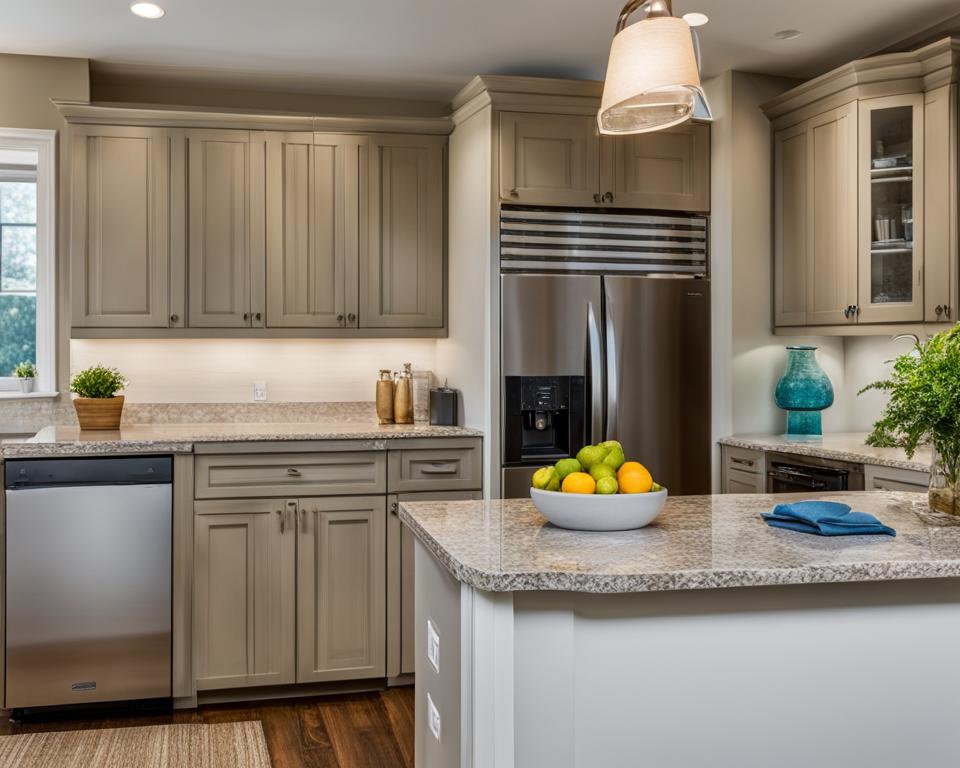
Conclusion
In conclusion, maintaining a clean and disinfected kitchen is of utmost importance when it comes to safeguarding the health and well-being of your household. By incorporating the tips and practices outlined in this article, you can create a safe and germ-free environment in your kitchen.
Regularly cleaning and disinfecting your kitchen surfaces, utensils, and appliances not only helps in eliminating harmful bacteria and viruses, but also prevents the spread of illnesses. By making kitchen sanitation a priority, you can protect yourself and your loved ones from foodborne diseases and other health risks.
Remember, a clean and fresh kitchen promotes a healthy lifestyle. By dedicating some time and effort to maintain the cleanliness and hygiene of your kitchen, you can ensure that you are providing a safe space for cooking and preparing meals. This will not only enhance your overall well-being, but also contribute to a healthier home environment.
So, take charge of your kitchen sanitation routine and experience the benefits of a clean and germ-free space. By following the expert tips and best practices shared in this article, you can create a kitchen that not only looks great, but also supports the health and wellness of your entire family. Start today and enjoy the peace of mind that comes with a sanitary kitchen!
